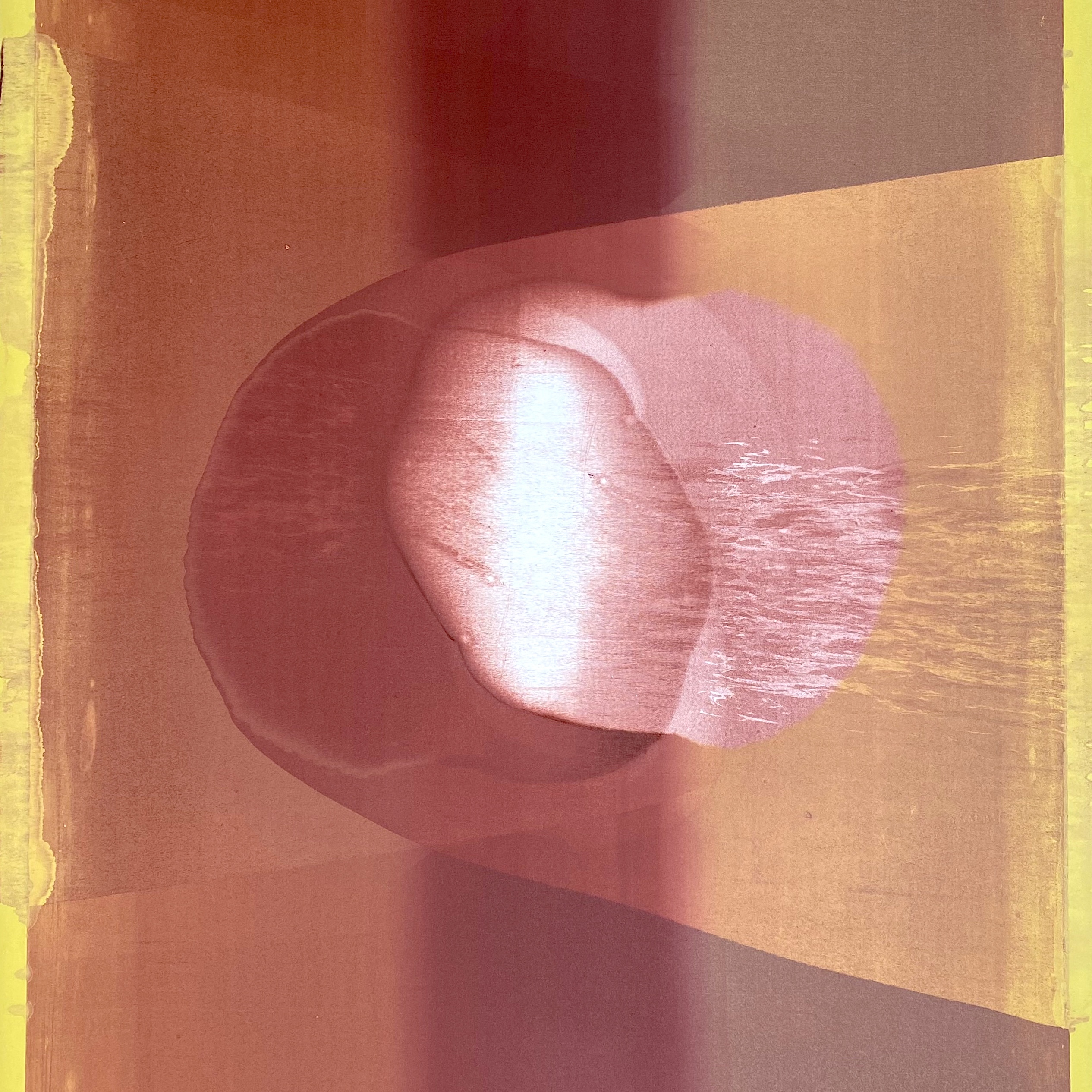

After studying interior architecture at Saint-Luc School of Arts in Brussels, Marie Anne and her sister Karin taught themselves the ancient techniques of oil painting by setting their easels at the Royal Museums of Fine Arts in Brussels, copying still live paintings of Flemish and Dutch masters of the 16th and 17th centuries. They founded a joint copyist studio, Atelier Truffino, replicating historical paintings for private commissioners and churches on one hand, and on the other hand, teaching their techniques to students.
Today, Marie Anne and Karin operate in separate studios in Brussels and the Hainaut region, respectively. Atelier Truffino in Brussels teaches composition drawing, the use of glazes and mediums, the reproduction of textures and materials: the transparency of glass, the shine of metal, the softness of skin, the moiré of a fabric...
This craft continues to influence her monotype practice, in an abstract and personal way. On a technical and formal level, she seeks for transparency, shadow, light or depth. Where the ancient still lives use to spatialise objects in a "classical" perspective with vanishing lines, Marie Anne manufactures depth in her prints by the layering different prints. This superposition of print layers echoes the successive glazes of oil painting.
The objects represented in 17th century still lives also find a resonance in Marie Anne’s contemporary work on a symbolic level: Fruits, flowers, skulls, candles, insects, etc. are perishable objects representing vanity, the fragility of life, the passage of time, the end of everything and the resurrection of the soul. The notion of perpetually transforming things. Similarly, the subject of the monotypes is born from a drawing made organically in a liquid mixture of ink and solvent on the zinc plate. The dripping drawing is in permanent transformation until the action of the press interrupts its movement, transforms it and freezes it on the paper. The printed drawing keeps the stamp of this movement or mutation.






